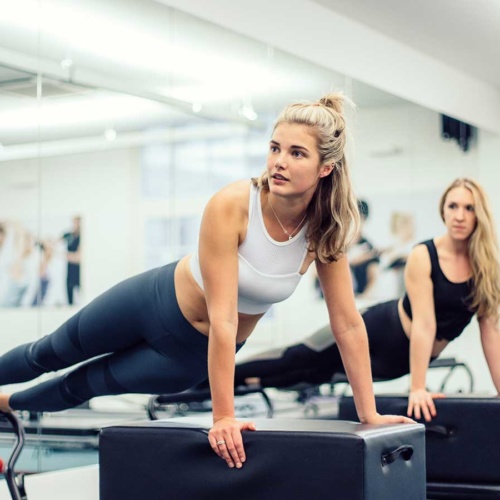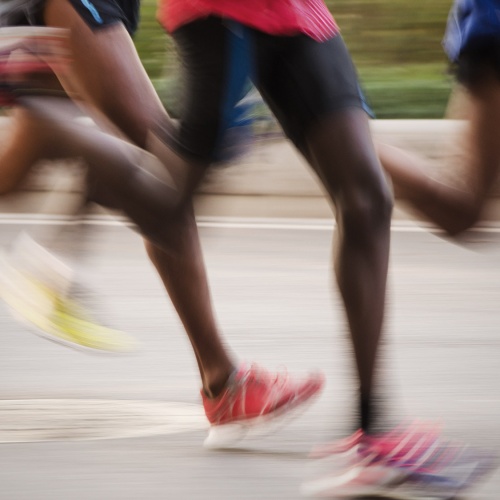There’s only one essential piece of equipment that you need for running. Shoes. So they’re what I’m going to talk about today – particularly the importance of selecting and maintaining the right ones for you.
Selection:
70 per cent of us over-pronate (ie the arch of your foot collapses while running or walking). This makes the knee rotate inwards, which can create pressure and cause injury. If that’s you (if you’re not sure, your local physio/good running shop can tell you), you’ll want a shoe with a more rigid structure under the arch.
A lucky 20 per cent of us have what’s called a neutral arch, and any good, comfortable, cushioned shoe will see you right over most surfaces.
That leaves the 10 per cent who under-pronate (a high arch). Often you will need a more structured shoe than even the over-pronaters.
It goes without saying that shoes need to be the correct size and fit, so I’d always advise trying them on in store rather than buying online.
Maintenance:
Many runners come to see me with a niggling injury, and when I look at their shoes, I can see that the problem is caused by the uneven pattern of wear, increasing the rotation of their foot as it lands.
As your shoes begin to wear, even if it is just by 2-3mm, the impact will be significant. Even a comparatively small amount of wear in the shoe can reduce its corrective effect on your gait.
Not on a single stride, perhaps, but remember that running is one of the most repetitive exercises there is – a 5k run equates to 5,000 steps, and a half marathon 21,000. With up to seven times your body weight transmitted through your legs on each step that’s a lot of impact over the course of a run.
So use your running shoes for running. Nothing else. This will prolong their life considerably. If you run two or three times a week, you should still aim to replace them every six months. Keep a close eye on the wear pattern: if it’s uneven, you probably have the wrong shoes, so replace them before your next run.






